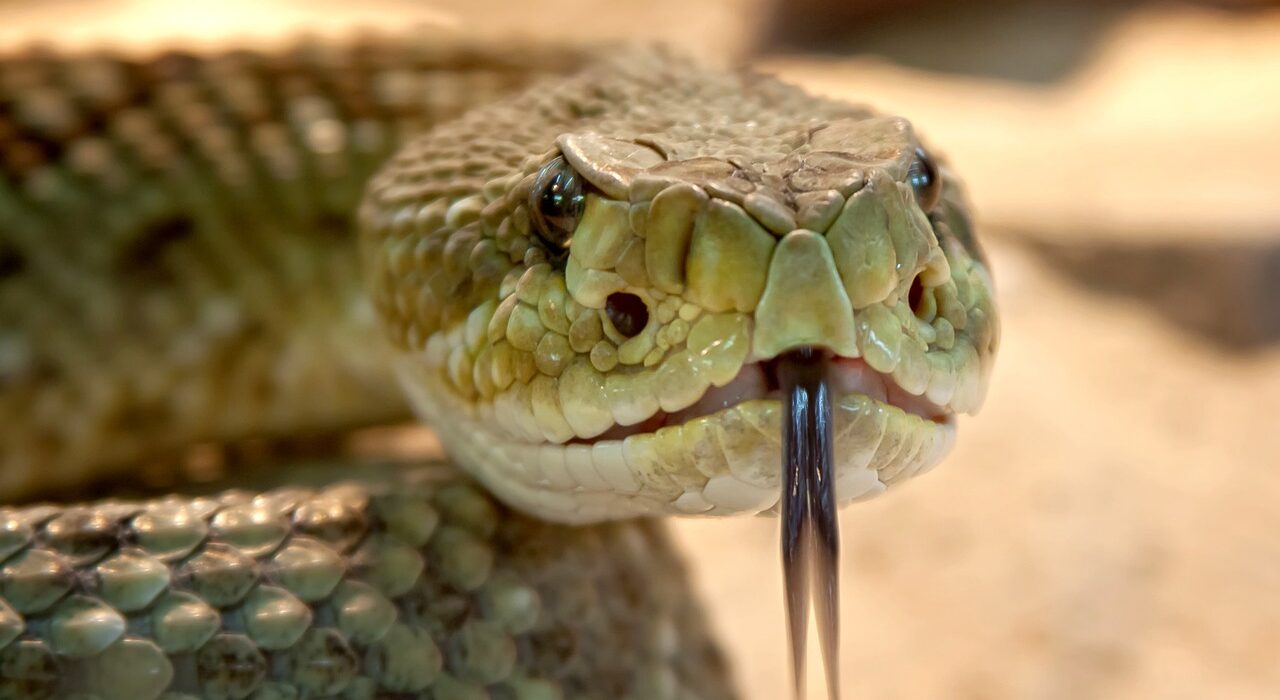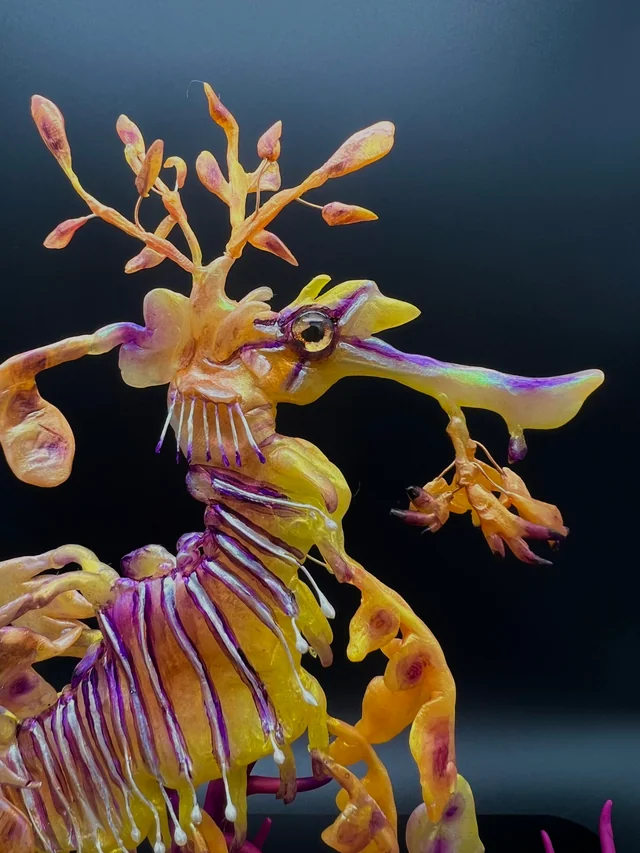Unlocking Serpent Secrets: Can a Snake Be Trained?

Beneath this primal exterior lies a surprising truth: can a snake be trained? The answer lies not only in the realm of possibility but also in the realm of potential.
In the mystical world of reptiles, Unlocking Serpent Secrets has long been a pursuit shrouded in mystery and intrigue. Among the myriad creatures that inhabit this enigmatic realm, none captivate the imagination quite like snakes.
As we unravel the complexities of snake behavior, we begin to see that unlocking the secrets of these serpents is not only about understanding their instincts but also about tapping into their remarkable capacity for learning and adaptation.
In this article, we will delve into the world of snake training, exploring what it means for these enigmatic creatures and how you can effectively train your pet snake
What It Means Train Snakes
When we talk about training snakes, we’re not envisioning them performing circus tricks like other trained animals.
Instead, snake training revolves around influencing their behavior through various techniques, ultimately enhancing their welfare and our ability to work with them.
Understanding Snake Behavior
Instinct vs. Intelligence
There’s a common misconception that snakes lack intelligence, merely acting on instinct alone.
However, recent studies have shown that snakes possess cognitive abilities far beyond instinctual behavior, allowing them to learn and adapt to their environment.
The Intriguing World of Serpent Senses
To understand snake behavior, we must delve into their sensory capabilities. Snakes rely heavily on their keen sense of smell, heat-sensing pits, and specialized vision to navigate their surroundings and interact with stimuli.
Exploring the Cognitive Abilities of Snakes
Recent studies have revealed fascinating insights into the cognitive abilities of snakes. These creatures demonstrate problem-solving skills, spatial awareness, and memory retention, indicating a higher level of intelligence than previously thought.
Factors Influencing Trainability
Several factors influence the trainability of snakes, including species, age, and individual temperament. Understanding these factors is crucial for devising effective training strategies.
Species Variability in Trainability
Not all snake species are equally receptive to training. While some species exhibit docile temperaments and a willingness to engage in training activities, others may be more challenging to work with due to their innate behavior patterns.
Factors Affecting Trainability
Species Variability
Different species of snakes exhibit varying levels of trainability. Some species, such as ball pythons and corn snakes, are known for their docile nature and relative ease of handling. Conversely, more arboreal or aggressive species may be less receptive to training efforts.
Age Considerations
Age plays a significant role in the trainability of snakes. Juvenile snakes are often more curious and receptive to learning new behaviors compared to their adult counterparts. However, with patience and consistency, adult snakes can also be trained effectively.
Temperament Traits
Individual temperament traits can greatly impact a snake’s trainability. Some snakes may possess a naturally curious and outgoing demeanor, making them more amenable to training. Others may be more shy or defensive, requiring extra patience and gentle encouragement.
Environmental Enrichment
The environmental enrichment provided to snakes can influence their trainability. Snakes housed in enriched environments with ample opportunities for exploration and mental stimulation may be more engaged and receptive to training activities.
Health and Stress Levels
The health and stress levels of snakes can also affect their ability to learn new behaviors. Snakes that are in poor health or experiencing high levels of stress may be less inclined to participate in training sessions. It’s essential to ensure that snakes are in optimal health and provide a stress-free environment for training.
Previous Experiences
Previous experiences can shape a snake’s behavior and trainability. Snakes that have had positive interactions with humans or have been exposed to training activities in the past may be more receptive to future training efforts. Conversely, snakes with negative experiences may exhibit fear or avoidance behaviors.
Handler Skill and Experience
The skill and experience of the handler play a crucial role in the success of snake training. Experienced handlers who understand snake behavior and communication cues are better equipped to develop effective training plans and overcome challenges.
Socialization and Habituation
Socialization and habituation to human contact can influence a snake’s trainability. Snakes that are regularly handled and exposed to human interaction from a young age are often more comfortable and responsive during training sessions.
Genetic Factors
Genetic factors can also contribute to the trainability of snakes. Some snakes may inherit traits that make them more predisposed to learning and adapting to new environments, while others may be more genetically predisposed to certain behaviors or temperaments
Training Techniques
Positive Reinforcement
Positive reinforcement is a cornerstone of snake training, relying on rewards such as food or tactile stimulation to reinforce desired behaviors. By associating these rewards with specific actions, snakes can quickly learn to repeat them.
Clicker Training
Clicker training is a popular method used to communicate with snakes. By pairing a distinct clicking sound with positive reinforcement, snakes can learn to associate the sound with desired behaviors, facilitating learning and communication.
Overcoming Fear and Stress
Many snakes are naturally wary of human interaction and may exhibit fear or stress responses. Desensitization techniques involve gradually exposing snakes to stimuli in a controlled manner, helping them overcome fear and build confidence.
Consistency is Key
Consistency is crucial when training snakes. By setting clear boundaries and consistently enforcing them, snakes can learn to understand what is expected of them and respond accordingly.
Basic Commands for Snakes
Target Training
Target training involves teaching snakes to touch a designated object, such as a stick or hand, with their nose or body. This technique forms the basis for teaching more complex behaviors and can help improve interaction and communication with snakes.
Stay Command
The “stay” command teaches snakes to remain still in a specific position or location for a set duration. This command is useful for handling and transporting snakes safely and can help prevent accidents or escape attempts.
Come Command
The “come” command encourages snakes to approach a designated location or person. This command can be useful for facilitating interaction with snakes during training sessions or when moving them between enclosures.
Leave It Command
The “leave it” command teaches snakes to ignore or avoid specific stimuli or objects. This command can help prevent unwanted behaviors, such as biting or striking, and promote safer interaction between snakes and their handlers.
Advanced Training Concepts
Agility Training
Agility training challenges snakes to navigate through obstacles or perform specific maneuvers. This advanced training concept promotes physical activity and mental stimulation, enhancing overall well-being and coordination.
Pushing the Boundaries of Snake Abilities
With patience and creativity, snakes can learn to perform complex tricks beyond basic commands. From weaving through obstacles to playing dead, the possibilities for advanced snake training are limited only by imagination and dedication.
Introducing Snakes to New Environments
Socialization is an essential aspect of snake training, helping them adapt to different environments and interact safely with a variety of people. By exposing snakes to new stimuli in a controlled manner, we can help them become more confident and well-adjusted pets.
Challenges and Pitfalls
Managing Frustration
Snake training can be a challenging and time-consuming process that requires patience and perseverance. It’s essential to remain patient and consistent, celebrating small victories and staying focused on long-term goals.
Understanding What Snakes Can’t Do
While snakes are capable of learning and adapting, it’s essential to recognize their limitations. Some behaviors may be beyond their abilities or instincts, and it’s crucial to respect their natural behaviors and preferences.
Dealing with Regression
Like any training endeavor, snake training may encounter setbacks or periods of regression. It’s essential to remain flexible and adaptable, reassessing techniques and strategies as needed to help snakes progress and overcome challenges.
Real-life Examples and Success Stories
Case Study: Training a Ball Python
One successful approach to snake training is exemplified in the case study of a ball python named Monty. Through patient and consistent training techniques, Monty learned to respond to basic commands and even perform simple tricks, demonstrating the potential for training success with snakes.
From Aggressive to Obedient — One Snake’s Journey
Another inspiring success story involves a formerly aggressive snake named Apollo. With dedicated training and socialization efforts, Apollo transformed into a well-behaved and obedient companion, highlighting the transformative power of snake training.
Snake Owners Share Their Training Experiences
Snake owners from around the world share their training experiences and success stories, providing valuable insights and inspiration for others embarking on their own snake training journeys. From novice handlers to seasoned professionals, these testimonials showcase the diverse possibilities and rewards of snake training.
Ethical Considerations
Prioritizing Snake Health and Happiness
Above all else, it’s essential to prioritize the welfare of snakes in training endeavors. This includes providing appropriate housing, enrichment, and medical care, as well as respecting their natural behaviors and preferences throughout the training process.
Respecting Natural Behavior
While training can enhance our interactions with snakes, it’s crucial to strike a balance between training goals and respecting their natural behaviors. Training should enrich rather than suppress instincts, fostering a harmonious relationship between snakes and their human companions.
Conclusion
Through the exploration of snake behavior and training techniques, we gain a deeper understanding of these enigmatic creatures and the bonds we share with them.
By approaching training with patience, empathy, and respect, we unlock the potential for meaningful interaction and mutual enrichment.
As our understanding of snake behavior and training methods continues to evolve, so too does the potential for new frontiers in serpent education.
By embracing innovation and collaboration, we can explore new avenues for enhancing the well-being and welfare of snakes in captivity, further enriching our relationships with these remarkable animals.









